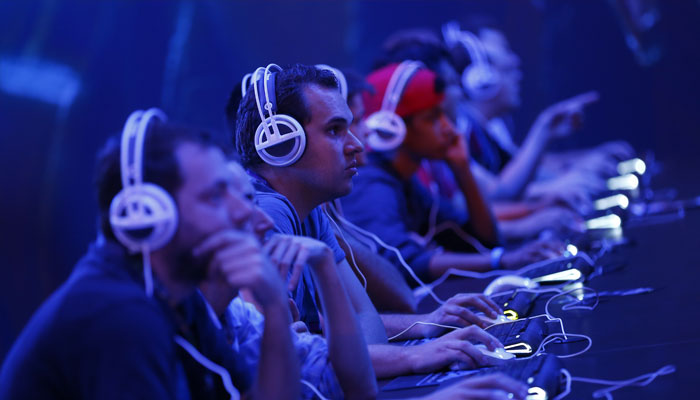Gaming junkies at risk of permanent deafness — study raises alarm
Study underscores that gamers, often playing for extended periods, surpass recommended safe limits
January 17, 2024

A recent study published in BMJ Public Health reveals that individuals engaged in video gaming may be exposing themselves to unsafe sound levels, putting them at risk of irreversible hearing loss and tinnitus, BBC reported.
The review, encompassing 14 studies with over 50,000 participants, highlights the potential dangers of prolonged gaming sessions with elevated volume settings.
The review underscores that gamers, often playing for extended periods, surpass recommended safe limits, contributing to potential long-term consequences for their hearing health.
The World Health Organisation (WHO) advises that adults can safely endure 80 decibels (dB) for 40 hours weekly, akin to a doorbell's noise level.
Beyond this threshold, safe exposure rapidly diminishes, with WHO suggesting only four hours weekly at 85dB and one hour and 15 minutes at 90dB for adults.
The findings reveal that average headphone noise levels in certain shooting games ranged from 88.5 to 91.2dB, with impulse sounds, like shooting noises, reaching 119dB.
Notably, three studies recorded boys playing games more frequently and for longer durations than girls, often at higher volumes.
While some studies identified correlations between gaming and hearing issues, the authors advocate for further research to establish a stronger link, considering factors such as e-sports, geographic region, sex, and age. Despite limited recent data measuring sound levels, the study suggests that gaming may be a prevalent source of unsafe listening.
The study calls for public health initiatives to raise awareness, mirroring efforts for live music and headphones. The authors emphasise the need for interventions promoting safe listening practices among gamers, suggesting educational initiatives and heightened awareness.
The gaming industry body, Ukie, encourages headphone use within safe levels but refrains from specific comments on the study. As the gaming landscape evolves, the study underscores the importance of prioritising measures to protect gamers' auditory health.







